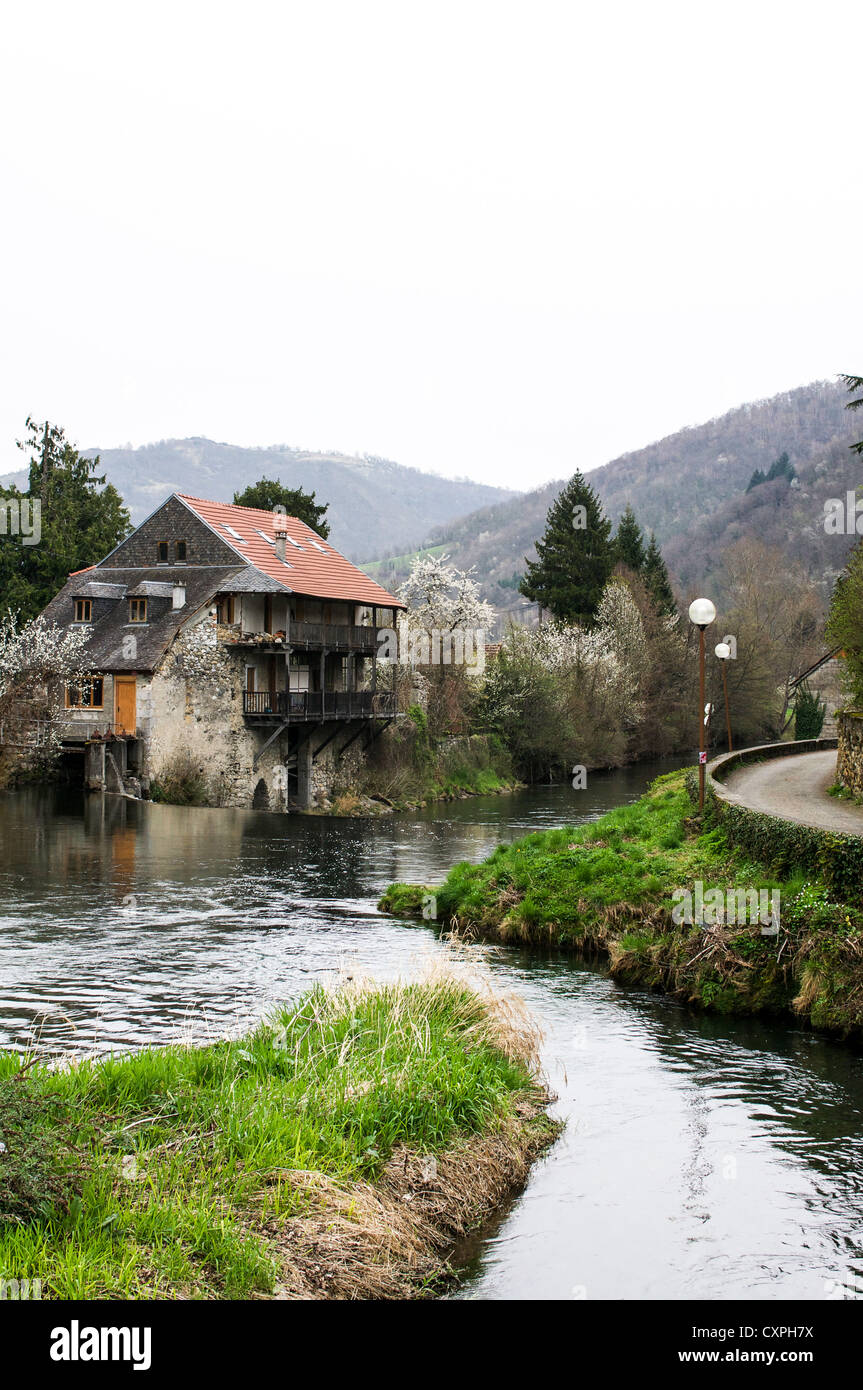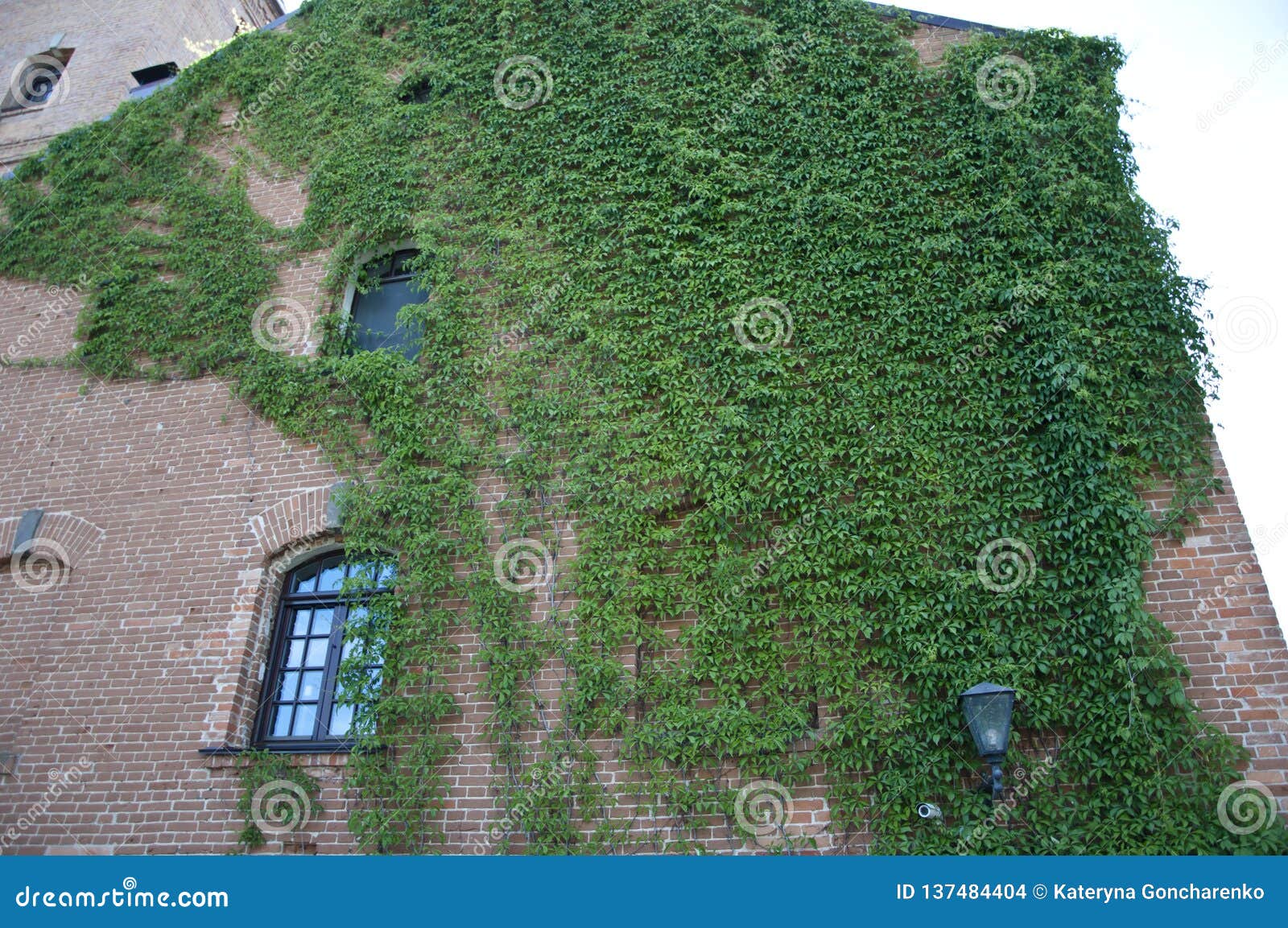

Timber is a natural insulator and can help reduce energy needs when it is used in windows, doors and floors. Using timber in buildings stores the carbon for as long as the building stands or the timber is used. This carbon would otherwise be adding to the greenhouse effect. Timber is made from carbon drawn from the atmosphere. In fact it is the lowest of almost all common building materials. This means that the embodied energy in timber is low. It takes very little energy to convert the wood in trees to the timber used in building. This promotes local economies and reduces the energy needed to transport materials long distances. Timber is milled all over the world and is often used close to where it is produced. If new trees are planted to replace those harvested, timber will continue to be available. Most of the main timber supplying countries have long-standing policies to re-grow more timber than is felled. Timber is ecological and sustainable and a truly renewable building material.

People have been building with timber for thousands of years. It also means that as timber ages, it does so naturally. Generally, timber is non-toxic, does not leak chemical vapour into the building and is safe to handle and touch. Timber is one of the few natural building materials, which has a lot of advantages. Here are 10 reasons why sustainable timber is the best construction material, and why we should be looking at building off-site contemporary timber houses today: The components in a timber frame weigh less and can be used on a brownfield sites or sites with difficult land conditions.

Transportation costs are lower due to the fact that timber is lightweight. This is to complement the local regulations and planning requirements. A timber frame structure can be cladded in any external material usually timber panels, bricks or stone. When using timber to build off-site construction of new homes, there is a high degree of flexibility. There are many advantages to timber frame construction, but its best-known quality is its environmental excellence. It is a custom-made structure that is remarkably strong and durable. Timber frame homes are often thought of as a lightweight form of construction, but don’t be misled. There is no difference when we come to using timber in off-site construction of homes. The use of timber frames around the world is very popular. It provides great benefits when combined with clever planning, high precision and well-monitored construction and high quality implementation. That is why building with wood, most notably timber, is on the rise. ‘Sustainability’ refers to activities that don’t deplete non-renewable resources or harm the environment. It reduces wastage, streamlines the supply chain, lessens the reliance on traditional skills and provides swifter completion time, as work under factory conditions is not hampered by variables like bad weather.Īs well as the off-site construction of homes, another important trend is for the UK construction trade to operate more sustainably. It may sound unorthodox but off-site construction is believed to have many benefits over traditional housebuilding. This construction method can be a huge asset to the housebuilding industry, where there is pressure to deliver high quality, good value housing quickly. Today, there is a resurgence with the method of building said to grow in 2017. Off-site construction of homes, also known as modular, has been around since the 1950s with pre-fab houses popping up all over the country in post war construction. Focusing specifically on timber, he discusses the importance and benefits of using timber in construction. Alex Dalton, managing director of Daltons Wadkin, takes a look at the offsite construction of homes.


 0 kommentar(er)
0 kommentar(er)
